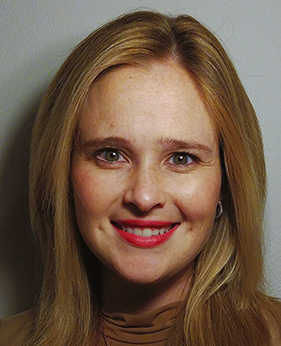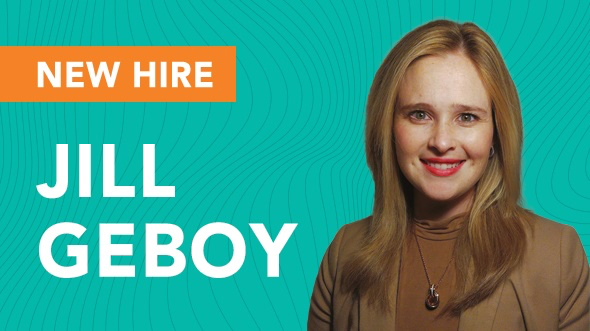
BLOG
—
Empowering Women—and Men—to Break Down Gender Barriers
Every time I get on a plane and sit down next to some perfect stranger, at some point in the conversation they ask me: “What do you do for work?” When I tell them I work in aviation, they automatically assume I’m a pilot. One lady even went as far to say, “Oh, thank goodness. I’m terrified to fly, but knowing I’m sitting next to a pilot makes me feel better.” I didn’t end up telling her that I’m not a pilot, since she obviously felt some sense of relief; nor did I tell her that if something does go wrong, probably a pilot sitting in coach wouldn’t be able to save us.
While I’m not a huge believer in astrology or even that “everything happens for a reason,” I often feel like my career chose me in some way. I always wanted to work in aviation—this much I knew. But aviation, as an industry, has so many different paths. Obviously, there is the pilot route; but this was too expensive for me! Or there are great jobs working for an airline, in airport management—operations, air service development, facilities management, planning, etc.—as an air traffic controller or in consulting. I always thought I would work for an airline and do route planning. But somehow, after an internship at the San Diego International Airport, I fell into project management and consulting. Looking back, I would have it no other way.
The one thing I love most about consulting is the fact that I get to work for multiple clients, and these range from airports to seaports to health care organizations and even federal agencies. Each project is different, with its own unique set of challenges to solve. Each project enables me to work with different people who have different backgrounds and distinct knowledge bases. I also get the opportunity to see how each client runs his or her own business. I look back at when I first started my career to where I am now, and even I’m in awe of some of the things I’ve had the opportunity to be a part of.
It is obvious to me, however, that I am working in a man’s field. I look around at conferences or even meetings, and about 90% of the people in attendance are men. However, I would be lying if I said I would be where I am in my career today without close mentors helping guide me—all of whom have been men. One mentor in particular stands out, and without naming names, he taught me about different organizations and committees I should get involved with, put me on specific projects that he knew would help challenge me and enable me to grow, and taught me what it means to be a great leader. It’s people like him that are helping to bridge the gender gap, and I certainly would not be where I am today without his guidance.
The 2016 U.S. News/Raytheon STEM Index reported that women make up 50% of the population and 47% of the U.S. workforce. Yet women hold only 24% of the jobs in the STEM fields. With March being national Women’s History Month, I want to not just empower women to continue breaking down these barriers, but to also empower the men to help make a difference. Together, let’s change the perception that certain fields such as engineering are “masculine.”
Let’s be better leaders, like my mentor, and challenge and cultivate the people in whom we see potential, getting rid of our unconscious biases. Let’s brag about the great work women—and men—accomplish. Let’s ensure equal pay for equal work in the same fields. Let’s not just invite more women to have a seat at the table, but let’s also allow their voices to be heard without interruption. This is the true meaning of diversity and inclusion.
Women can’t fight this battle alone. Men need to understand this is their issue, too. Let’s be better, and let’s work together—for our mothers, daughters, sisters, friends and colleagues. And, for the good of the industry.

Jill Geboy
Woolpert Strategic Consultant and Project Manager Jill Geboy has more than a decade of experience in facility and asset management consulting, supporting large- and medium-hub airport clients, health care organizations and federal agencies, primarily along the West Coast. The Ohio State University graduate works out of Woolpert’s Columbus, Ohio, office.


